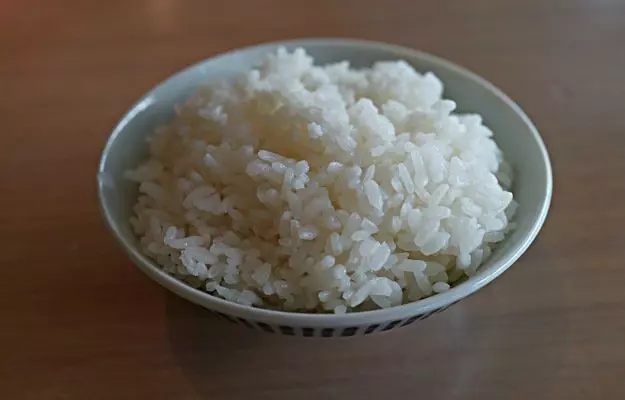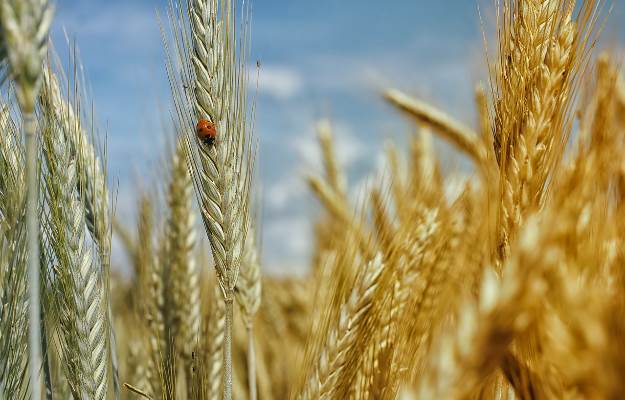One of the most commonly used grains in India, rice comes in many varieties and forms. White rice is a key variety of rice that is a staple in many countries, especially Asian countries like India, Bangladesh, China, Thailand, Vietnam and Japan. In India, white rice is consumed daily in many states. Varieties of white rice like basmati, gobindobhog, dubraj and indrayani. These varieties may be long-grain, short-grain, scented or polished depending on their production process.
It is very important to note that both white rice and brown rice come from the same plant. The only difference between these two - and it is a big difference when it comes to nutrition - is that brown rice refers to the entire grain of rice with the layers of bran, germ and endosperm. White rice, on the other hand, refers to the grains from which the bran and germ have been removed and only the endosperm remains. This makes white rice less rich in dietary fiber and essential minerals compared to brown rice.
(Read more: Fiber-rich foods)
Did you know?
While the world may be shifting in favour of brown rice, the ancient Indian medicinal practice of Ayurveda embraces the benefits of white rice. This is because white rice, especially long-grain, naturally fragrant white rice varieties like basmati, is considered to be light and easy to digest. Ayurvedic texts also suggest that eating white rice can help balance the three doshas of vata, pitta and dosha.
Some basic facts about white rice:
- Botanical name: Oryza sativa
- Family: Poaceae
- Common name: Rice, chawal
- Sanskrit name: Vrihi, tandul, shali
- Parts used: Whole grain
- Native region and geographical distribution: Varieties of white rice are grown all over Asia. China is the leading producer of rice, followed by India, Indonesia and Bangladesh.
(Read more: White rice or brown rice, which is healthier?)









































